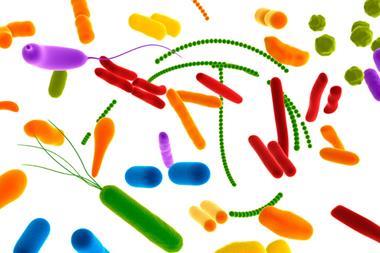Jon Turney
Icon Books
2015 | 314pp | £12.08
ISBN 9781848318229

As a human being, you are not a single, living organism. Instead, there is a teeming mass of micro-organisms which also calls your body home. These organisms shape our daily lives to an extent that is only just starting to be discovered. Piecing together this story is the new field of microbiomics – the science of the ecosystem inside you. It is with this in mind that I, superorganism begins, a book which tours the familiar landscape of the human body, seen through the lens of our microscopic friends.
Guiding readers through this journey, author Jon Turney quickly explains that you cannot view the human microbiome as a single unified ecosystem. Numerous bacterial communities colonise each organ and create diverse ecosystems. Further variations can be found within an organ, for example in different regions of the skin, vagina or gut. Going beyond this spatial differentiation, within an ecosystem the bacteria present will vary from person to person, and each individual fluctuates throughout the day, or as a result of acute infections and general changes that occur from birth to adulthood. Overall, the picture that emerges is one of astounding complexity. This leaves a glaring question remaining: How can we make sense of this new world and reach reasonable conclusions about the human microbiome?
Bringing together a wealth of recent literature, Turney has made an attempt to answer this question. He successfully provides a detailed overview of the current state of microbiomics, written in an engaging and exciting style that encourages readers to view their bodies, their superorganisms, in a new light. Turney describes the types of organisms that have been found in each region, hypotheses about how they came to be there and discusses possible functions and effects. Running throughout the book is a recurring message: science has scratched the surface of the microbiome, and many have realised there is much more to be discovered.
Thought provoking and entertaining, I found I, superorganism to be a very good read. I would, however, like to point out a minor error I spotted on page 177. In a discussion about proteomics, Turney talks about the ‘… technique of mass spectroscopy’. As someone who spent a year studying proteins in a mass spec lab, the correct term for the technique is mass spectrometry (spectroscopy and spectrometry are two different things).
Overall, though, the book delivers exactly what it set out to – a concise introduction to a burgeoning field of biology. So if you’ve heard the term ‘microbiome’ and wondered what all the fuss is about, I, superorganism is a good place to start.












No comments yet